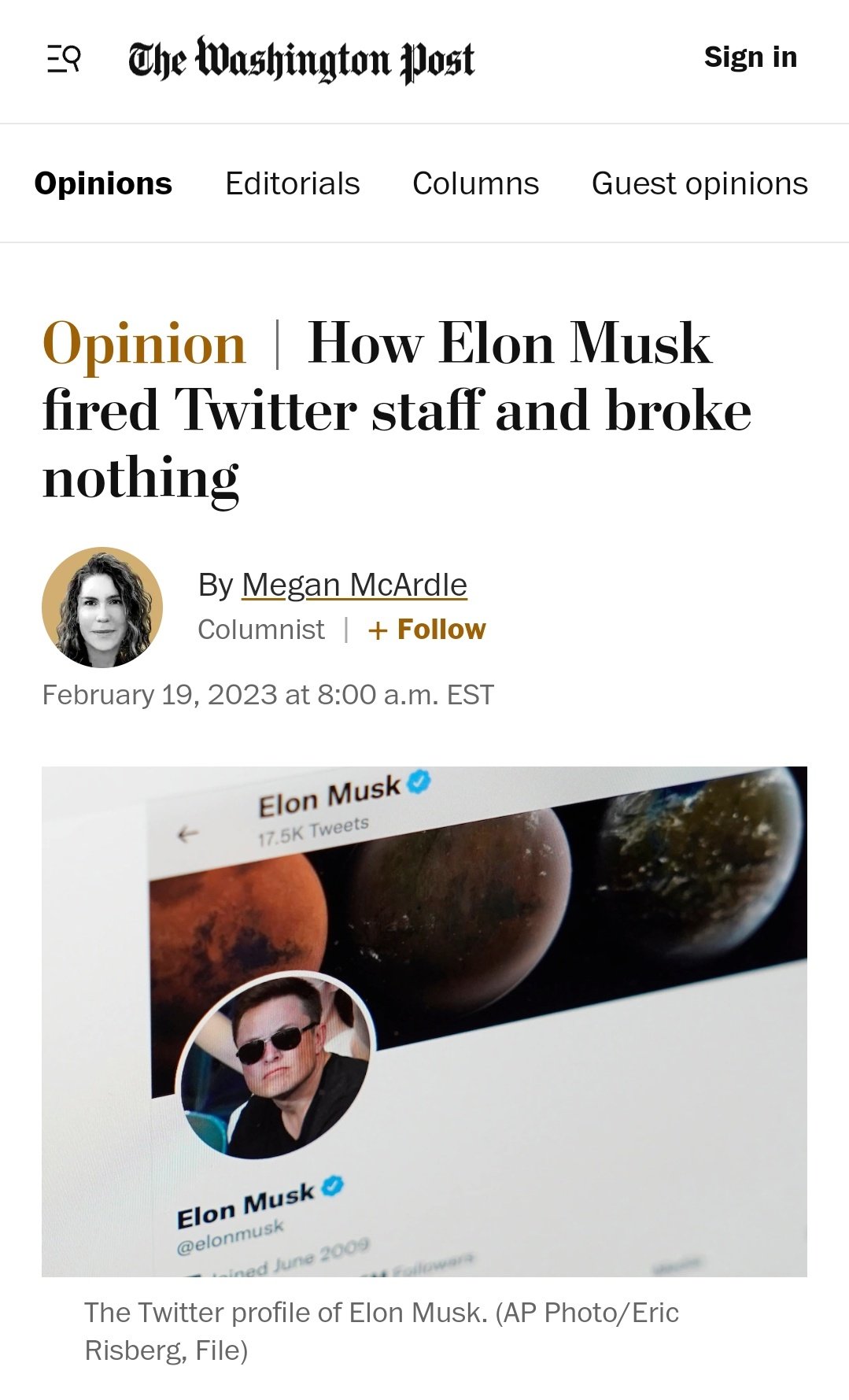Friday, July 19, 2013
First assume a fairy godmother...
The fast food chain teamed up with Visa to create an online budget guide for its employees. And most of the criticism is directed at the fact that the company's budget doesn't list 'food' or 'heat' as monthly budget items.
...
"Helping you succeed financially is one of the many ways McDonald's is creating a satisfying and rewarding work environment," the McDonald's site's about page states. "So you can take the next step towards financial freedom."
To do that, the guide suggests journaling daily expenses, setting up a budget and outling a savings goal. Sound reasonable?
One problem: the sample budget offered by McDonald's (below) doesn't mention money for basic necessities like food, heat, gas and clothing.
The budget also assumes a worker will need to maintain two jobs in order to make roughly $24,500 a year.
[The original post had a copy of the actual document, but that one seems to have fallen into an internet wormhole. -- MP]
A heated debate has broken out over whether it's possible to live on $24,500 a year. This is not a question that would perplex a group pulled at random from the general populace. People do it all the time. I've done it myself (and yes, I'm adjusting for inflation). I even have a musician friend in New York City who's doing it now.
You eat lots of beans and potatoes. You get a prepaid phone. You buy a set of rabbit ears (which, as mentioned before, would actually give you more channels and better picture than the basic cable the WP article suggests). You live day-to-day. You constantly worry about money. You're one one bad break away from disaster but with exception of the health insurance and heating items, nothing in expenses, including rent, is that unreasonable.
There is, in fact, only one completely unrealistic item here:
Second job: $955
Angry Bear, which does get it, explains just how much work we're talking about.
Besides skipping certain expenses and skimping on others; to meet the income levels portrayed in the budget, McDonalds suggests associates to work not one but two jobs. A full time job at McDonalds and a part time job elsewhere totally 62 hours per week (if the worker resides in Illinois where the minimum wage is $8.25/hour). If perchance, the worker resides in one of the other 48 states; the total hours needed to hit the suggested income level jumps to 74 hours/week due to a lower minimum wage (the equivalent of a second full time job).And Marketplace explains how unlikely that 74 is:
At the same time, there’s been a sharp drop in the number of people who are holding down multiple jobs, and most of those are likely to be part-time, since there are only so many hours in a day. The number of multiple job-holders is down by more than 500,000 since 2007. So, there are more people in part-time jobs, but fewer people able to cobble together two or more of those jobs to make ends meet.
...
This trend to more part-time work could be permanent. Employers like the flexibility, and the low cost. Benefits in many part-time jobs -- health care, retirement -- are slim to none.
But there’s a complication. For job-seekers, it’s now harder to find and keep multiple part-time jobs. “Among low-wage employers -- retail, hospitality, food service -- employers are requiring their employees to say they’re available for a full-time schedule, even when they know they’re never going to schedule them for full-time,” says Stephanie Luce at the City University of New York’s Murphy Institute.
Luce is a labor sociologist who studies union movements around the world. She co-authored, with the Retail Action Network, a study based on surveys of retail workers in New York, Discounted Jobs: How Retailers Sell Workers Short. “Managers are asked to schedule based on customer-flow, on weather, on trends in the economy, and to change the schedule day-to-day,” says Luce. “They don’t want employees that are going to say ‘I can’t come in, I have another job.’ They want employees that’ll say, ‘OK, I’ll come in if you need me. I won’t come in if you don’t need me.’”





